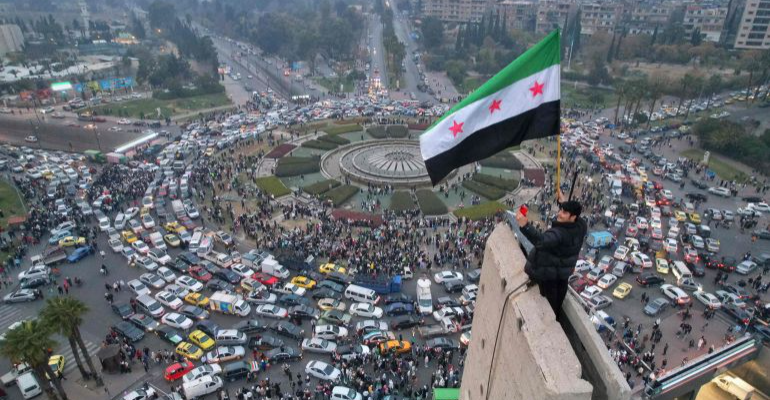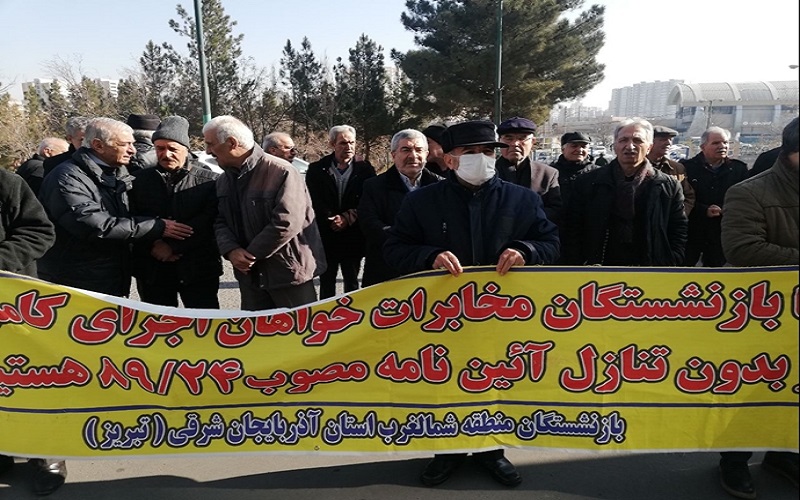
WASHINGTON − Speaking to students at Catholic University last fall, Supreme Court Justice Brett Kavanaugh praised his colleagues’ efforts to reinforce the “critical principal” of religious liberty.
“That’s one area in the six years I’ve been on the court that, in my view, we’ve made correct and important strides,” he said.
In recent weeks, the court has teed up three more religious rights cases that could further advance what some view as a fight against religious discrimination. Opponents fear the court’s decisions will further erode the wall between church and state.
One case – which will determine whether Oklahoma can create the nation’s first religious charter school – is a potential blockbuster because it would allow government to establish and directly fund religious schools for the first time.
Another – a challenge from parents who want their elementary school children excused from class when books with LGBTQ+ characters are being used – could boost parents’ ability to demand curriculum opt-outs in public schools.
The third – a dispute over an employment tax exemption for a Wisconsin Catholic charitable organization – could affect how easily tax exemptions are granted for any operation with a religious affiliation.
“None of these are minor cases,” said Frank Ravitch, a Michigan State University law professor who studies law and religion. “These all have some reasonably significant stakes involved.”
That’s part of a recent trend on a Supreme Court that is dominated by conservatives.
Ravitch said the court has taken up more religious rights cases in recent years than it heard in the previous two decades.
More:‘Wolf in sheep’s clothing’? How a USPS worker’s fight over Sunday shifts could change your workplace.
And as Kavanaugh’s comments indicate, the Supreme Court has regularly sided with churches and other religious groups. Their argument: The Constitution’s bar on the establishment of religion by the government is being misinterpreted – and is overriding their right to freely practice religion.
Douglas Laycock, a University of Virginia professor emeritus and a leading authority on religious law, said advocates for religious rights are aggressively trying to get more cases to the justices to build on their victories.
“They think they’re going to win,” Laycock said. “It really is that simple.”
Mark Rienzi, whose law firm is representing religious clients in the legal battles over both the tax exemption and the LGBTQ+ books, said the latest issues are less about breaking new ground and more about reinforcing decisions the court has already made.
“All three of these cases are cases where I think it’s fair to say the lower courts weren’t following what the court has told them to do over the recent years,” he said.
But Rachel Laser, president of Americans United for Separation of Church and State, said those decisions are “threatening the cornerstone of our democracy, which is church-state separation.”
“We were the first country to give the power to the people, instead of to a deity,” she said. “And we should be proud of that.”
Here’s what’s at stake in the three cases, which the Supreme Court will consider this spring and decide by summer.
The Oklahoma charter school case comes to the court more than two decades after the justices allowed the use of vouchers for religious schools.
One of the justices who dissented in that 5-4 decision, now-retired Justice David Souter, called the scale of public assistance to religious schools approved by the court “unprecedented.”
And vouchers cover only a portion of the cost of a private school.
Charter schools, by contrast, are “100% government funded,” said Robert Tuttle, who teaches law and religion at George Washington University Law School.
He said the new case tests “whether anything is left” of the First Amendment’s prohibition on the government making any law “respecting an establishment of religion.”
But Michael Moreland, professor of law and religion at Villanova University, said much of the court’s decision will turn on whether charter schools are considered public.
The Catholic archdiocese that applied to open the St. Isidore of Seville Virtual Charter School argues that contracting with the state doesn’t make it part of the government.
Moreland thinks the Supreme Court is likely to rule that once Oklahoma opened up charter schools to private operators, the state can’t bar religious groups from applying.
If that happens, he said, it’s a potentially blockbuster decision because of the expansiveness of the charter school movement. Nearly every state allows charter schools.
More:How the Supreme Court paved the way for the nation’s first religious charter school
Thousands of Catholic and other religious schools across the nation could transform into charter schools, according to Michael Petrilli, the president of the Fordham Institute, a right-leaning think tank.
How many convert, however, will depend in part on what rules they would have to follow, such as whether they could exclude LGBTQ+ students or staff.
“The Court − if it finds that states must allow religious schools − will need to spell all this out,” Petrilli wrote. “If not, these questions are likely to be litigated for years to come.”
In Maryland, Muslim, Christian, and Jewish parents want to prevent their children from being exposed to books they say present a view on gender and sexuality that contradicts their faith.
Montgomery County Public Schools officials said they introduced the books with LGBTQ+ characters into the reading curriculum as part of an effort to reflect the diversity of the community. In the alphabet primer “Pride Puppy,” children chase their dog through a pride parade.
“The storybooks are no more sex education than stories like Cinderella and Snow White, which feature romance between men and women,” the schools’ lawyers wrote in a filing.
While the schools initially allowed students to be excused when the books were read in class, officials said that became too disruptive and difficult to administer.
Laycock, the University of Virginia expert, said the federal courts have been terrified about getting entangled in school curriculum issues.
“They’re afraid if they ever allow one of these exemptions, they’re going to have parent after parent coming in demanding that his kid shouldn’t have to read this, or shouldn’t have to write an essay on that,” he said. “They don’t want those cases.”
So, for decades, courts have basically told parents they have the right to pull their child out of the public school, he said. But if they don’t, they have to take the whole curriculum.
Moreland agreed this is an issue that has “vexed” the courts, including whether it’s a burden on the free exercise of religion to not allow opt-outs.
The potential implications, he said, are “quite significant,” if the high court agrees the parents’ religious rights have been trampled on.
But Ravitch, the Michigan State University professor, said the court might try to find a way to side with the parents while still making it clear that students can’t get exemptions from parts of the core curriculum.
In Wisconsin, as in many states, church-controlled organizations that are operated “primarily for religious purposes” don’t have to pay into the state’s unemployment tax system.
But the state rejected an exemption for the Catholic Charities Bureau and four independently incorporated organizations that serve people with developmental and mental health disabilities.
The Wisconsin Supreme Court said the services being provided – including job training, placement and coaching – do not have a religious component and are similar to those offered by secular organizations. It’s not enough, the state court said, for the motivation to be primarily religious.
“If we looked to the church’s purpose in operating the organization only, then any religiously affiliated organization would always be exempt,” Wisconsin Supreme Court Justice Ann Walsh Bradley wrote for the majority.
Legal experts said states need to be able to draw lines so tax exemptions are not abused. But the Wisconsin Supreme Court was probably “a little aggressive,” Moreland said.
“The U.S. Supreme Court is likely to reverse the Wisconsin Supreme Court and say that that kind of nitpicking around what’s a religious institution or not, the state can’t engage in,” he said.
How narrowly the court writes that opinion, however, will determine if it will become substantially easier to get a tax exemption.
Tuttle, of George Washington University, said a broad ruling that would exempt any entity claiming a religious motivation would be “grossly unfair” to their employees, who would not be eligible for unemployment benefits.
“It has,” he said, “real world consequences.”








